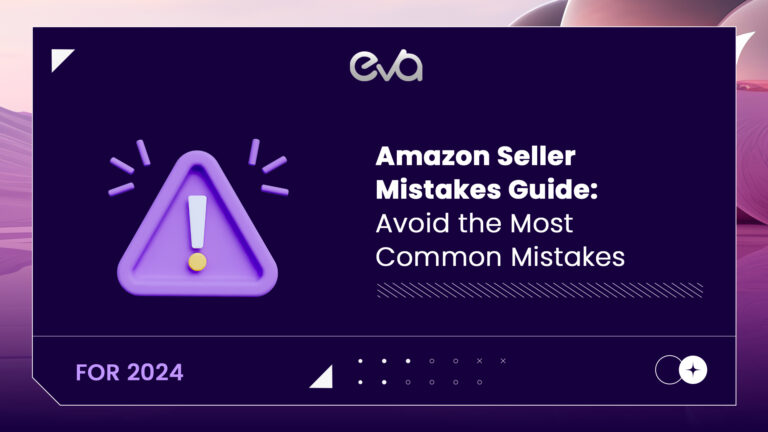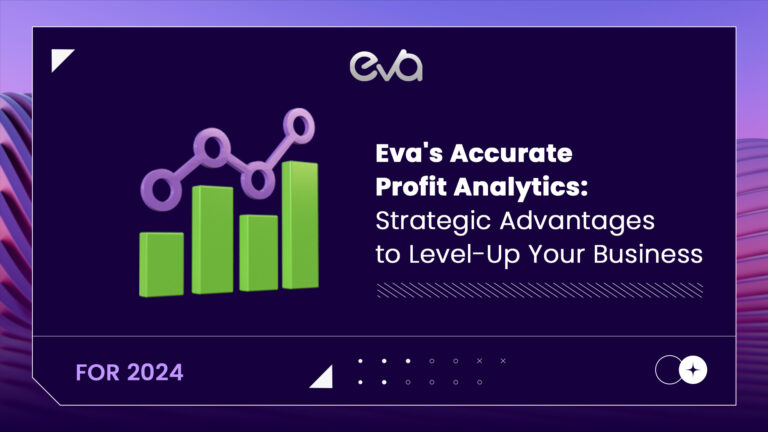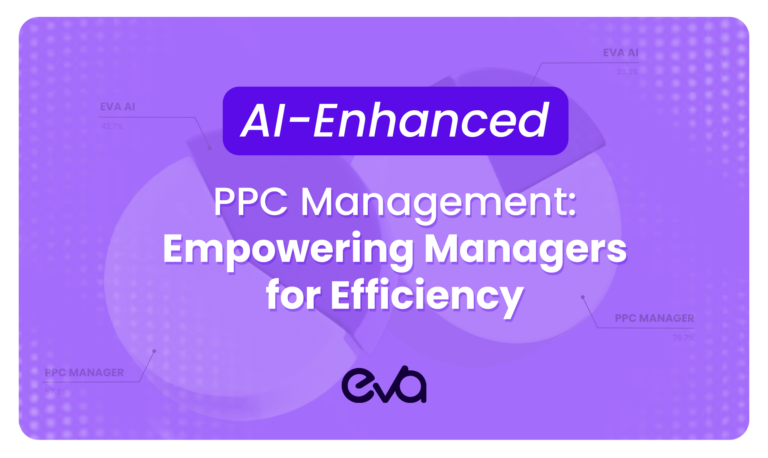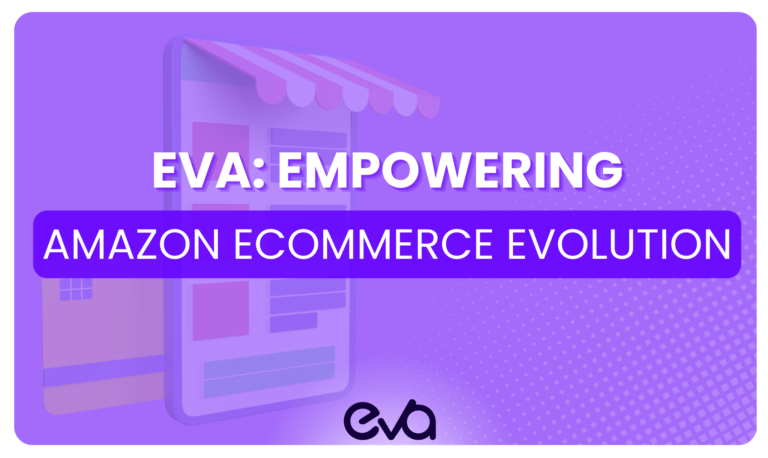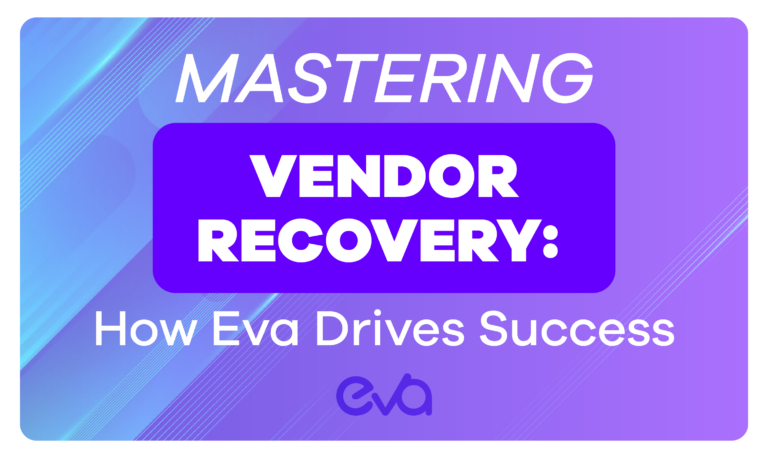As an Amazon seller, you’re always looking for ways to improve your ACoS (advertising cost of sale). After all, the lower your ACoS, the more profitable your business is likely to be. This blog post shares five proven ways to minimize your ACoS Amazon without sacrificing ad quality. Keep reading to learn more!
Table of Contents
What is Amazon ACoS?
ACoS is short for “advertising cost of sales.” It’s a metric that lets Amazon sellers know how much they spend on advertising for each sale they make. In other words, it’s a way to track your return on investment (ROI) for your Amazon ads.
To calculate your ACoS on Amazon, simply take your total ad spend and divide it by your total sales. So, if you spend $100 on ads and make 10 sales, your ACoS would be 10%. ACoS is a helpful metric because it allows you to see whether or not your ad spend is profitable.
If your Amazon ACoS is too high, it means that you’re spending more on ads than you’re making in sales. On the other hand, if your Amazon ACoS is low, your ad spend is paying off, and you’re making a profit on your advertising. Ultimately, the goal is to have a low ACoS to keep more of the money you make.
Why is Amazon ACoS So Important?
Because it shows you how much you’re spending on advertising for every dollar you make in sales. A low ACoS is generally considered a good thing, as it means you’re making more money from your advertising than you’re spending. However, the ideal ACoS will vary depending on your business goals and your profit margin.
How to Calculate ACoS
You can use ACoS to track the performance of your advertising campaigns and to make sure that you are getting a good return on your investment. You can also use ACoS to compare the performance of different advertising campaigns and to identify which campaigns are most profitable.
Here is an example of how to calculate ACoS Amazon:
Let’s say that you spent $100 on Amazon ads in the past month and generated $500 in sales. Your ACoS would be 20%, which is calculated by dividing $100 by $500 and multiplying by 100.
A 20% ACoS on Amazon is a good target for most sellers. However, your ideal ACoS will vary depending on your product category, profit margins, and advertising goals.
How to Calculate Break-Even Amazon ACoS?
To calculate your break-even Amazon ACoS, you need to know your:
- Cost of goods sold (COGS): This is the cost of the products you sell, including the cost of materials, labor, and overhead.
- Desired profit margin: This is the percentage of profit you want to make on each sale.
Once you know these numbers, you can use the following formula to calculate your break-even ACoS:
Break-even ACoS = (COGS / (1 – desired profit margin)) * 100
For example, If your COGS is $20 and your desired profit margin is 30%, your break-even ACoS would be 33.33%. This means you need to make $3.33 in sales for every $1 you spend on advertising to break even.
What’s the Newest Formula to Calculate Amazon ACoS?
The newest formula for calculating Amazon ACoS is:
ACoS = (Total Ad Spend / Total Sales) * 100
This formula takes into account both your ad spend and your sales, giving you a more accurate picture of your advertising costs.
The ideal ACoS for your business will vary depending on your profit margin and your goals for your Amazon advertising campaigns. However, a good rule of thumb is to aim for an ACoS of 20% or less.
When Should I Use This New Formula?
You should use the new Amazon ACoS formula when you want to get a more accurate picture of your advertising costs. The old formula only considered your ad spend, but the new formula also took into account your sales. This gives you a better idea of how much money you are making from your advertising campaigns.
The new formula is also more useful for comparing your advertising costs to your sales. This can help you identify which campaigns are profitable and which are not.
How to Monitor ACoS on Seller Central
To use Amazon ACoS on your Seller Central dashboard, follow these steps:
- Log in to your Seller Central account.
- Click on the “Reports” tab.
- Select the “Advertising” report.
- Click on the “ACoS” tab.
- This will show you a breakdown of your ACoS for each of your advertising campaigns.
You can use this information to track the profitability of your advertising campaigns and make adjustments as needed. For example, if you see that a particular campaign has a high ACoS, you may want to consider pausing or adjusting that campaign.
What is ACoS vs RoAS?
There are two main ways to measure the success of your digital marketing campaigns: ACoS and RoAS. But what do these acronyms actually mean? And above all, which one should you use to track your campaign performance?
RoAS stands for “return on advertising spend” and measures how much revenue you generate for every dollar you spend on ads. So, if you spend $100 on ads and generate $200 in revenue, your RoAS would be 200%.
So, which metric should you be tracking? Well, it depends on your goals. If you’re focused on generating sales, then ACoS is the better metric to track. However, if you’re more interested in maximizing your return on investment, then RoAS is the way to go.
ACoS vs TACoS: Key Differences
For years, marketers have used ACoS (advertising cost of sale) to measure the performance of their paid search campaigns. However, with the rise of Amazon DSP (demand-side platform), a new metric has been gaining traction: TACoS (total advertising cost of sale). So, which one should you measure from now on?
There’s no easy answer, as both ACoS and TACoS have their pros and cons. ACoS is a more traditional metric, and it’s easier to calculate. However, it doesn’t take into account all forms of marketing spend, such as display advertising or offline promotions.
TACoS, on the other hand, is a more holistic measure of marketing performance. It includes all forms of marketing spend, but it can be more difficult to calculate.
At the end of the day, the best metric to use is the one that will give you the most insights into your campaign performance. If you’re not sure which metric is right for you, we recommend trying out both and seeing which one provides the most valuable data.
What Is a Good ACoS for Amazon?
When analyzing your ACoS on Amazon, you may wonder what a good Amazon ACoS for your business is. However, there are no set ACoS that you should strive for. A “good” ACoS is based on your strategy.
A good ACoS is determined by several factors, including the type of product sold and the margins associated with that product. For example, a product with a 50% margin can afford a higher ACoS than one with a 20% margin. Finally, Amazon’s ACoS is a tool that can help advertisers optimize their Amazon advertising campaigns and ensure they are getting a good return on their investment.
Some businesses may seek to maximize sales through Amazon advertising, while others seek to maximize profits. Your focus will impact your company’s “good” ACoS.
The typical ACoS is around 30%. This will change depending on your strategies and goals. Generally, you need to aim for an ACoS of 15-20%.
To maximize profit, your product cost should be higher than your advertising spend. This is the most effective method of generating revenue for your company.
It’s critical that you strike a balance. You don’t want to waste too little money on advertising products that don’t give you any visibility. On the other hand, you don’t want to spend too much and reduce your profit margin.

How Do I Diagnose Causes of Amazon ACoS Spikes?
- Check your keyword bids. If you’re using manual bidding, make sure your bids are still competitive. If you’re using automatic bidding, check your bid strategy and make sure it’s still appropriate for your campaign goals.
- Check your keyword performance. Look at the click-through rate (CTR) and conversion rate for each keyword in your campaign. If the CTR is low, it may mean that your keywords are irrelevant to your product or that your ads are poorly written. If the conversion rate is low, it may mean your product is not a good fit for the keyword or your landing page is not optimized for conversions.
- Check your competition. Look at the other ads that are showing up for your keywords. If your ads are not as relevant or well-written as the competition, you may need to adjust your bids or ad copy.
- Check your budget. If your budget is too low, your ads may not show up as often as needed. This can lead to a decrease in clicks and conversions, which can in turn lead to a higher ACoS.
- Check your campaign settings. Make sure your campaign is set to the right targeting options and that your ad scheduling is appropriate for your goals.
How to Lower Amazon ACoS?
1. Make Your Prices as Competitive as Possible
Amazon is a competitive marketplace, and to be successful, sellers need to offer products at a competitive price. One way to measure how competitive a seller’s prices are is by looking at their Amazon Advertising Cost of Sale (ACoS). A low ACoS means that a seller’s prices are most probably competitive and can generate sales without spending much on advertising.
A high Amazon ACoS indicates that a seller’s prices might not be competitive, and they have to spend a lot on advertising to generate sales. Many factors can affect a seller’s ACoS, but one of the most important is the product’s price. If a sponsored product is priced too high, it will have a high ACoS even if the amount spent on advertising is low.
A sponsored product with a competitive price will definitely get more clicks, which is absolutely appreciated by Amazon’s customer-obsessed strategy. That’s why Amazon prioritizes ads with a competitive price even if their bids are very low.
Fortunately, there are Amazon pricing tools available that can help sellers price their products competitively. Eva is one such tool. Eva uses AI-powered algorithms to monitor Amazon prices every 119 seconds and make sure that your prices are always competitive and still profitable. With Eva, you can be sure that your Amazon business is succeeding not only in terms of sales but also in terms of profitability.
2. SEO-Optimize Your Product Descriptions
Did you know that you can also use Amazon SEO to lower your ACoS? That’s right – optimizing your product descriptions based on the right keywords and using high-quality Amazon product images can make your PPC campaigns more effective and improve your ROI. Here’s how:
First, make sure your product descriptions are SEO-friendly. Use keyword-rich titles and descriptions to help Amazon’s ranking algorithm and potential buyers find your products.
Next, invest in high-quality product images. Amazon shoppers love images, so the more professional your photos look, the more likely they are to click on your listing.
Finally, don’t forget about A+ content. It has a significant impact and convinces both customers and the A10 algorithm that your product is high-quality and deserves to be in their online shopping cart.
3. Adjust Your Bidding with the Marketing Funnel
Adjusting the bid amount based on where a particular customer segment is located in the marketing funnel is one clever strategy for lowering the ACoS. To do this, you will need to determine the purpose of each keyword, identify the location of your marketing funnel that corresponds to it, and place a higher bid on keywords closer to the bottom of the funnel. This is because these keywords are much more likely to convert.
4. Constantly Adjust the Bidding Based on the Keyword Performance.
Amazon PPC can be a tough nut to crack. You’ve got Amazon ACoS to watch out for, conversion rates to analyze, and a whole host of other factors to keep in mind. It’s enough to make your head spin! But one of the crucial things you can do is regularly analyze your keywords’ performance. This will help you identify which keywords are converting well and simply costing you money.
If you see a keyword with high impressions but low conversion, it’s time to stop that campaign immediately. On the other hand, if you see a keyword with a high conversion but low ad spend, extend that campaign to a larger audience! By regularly analyzing your keywords, you’ll be able to fine-tune your campaigns and make sure that you’re always getting the most bang for your buck.
5. Bid on Products with High Ratings
Amazon’s algorithm is designed to be customer-obsessed, which means that they take into account what customers want and need to find on Amazon. One of the main factors Amazon looks at when determining how to place products in front of website visitors is reviews. The more positive reviews a product has, and the higher the rating of those reviews, the more likely Amazon is to put that product’s ad in front of customers.
This is because Amazon knows customers are more likely to buy a product that has been well-reviewed by other customers. As a result, if you want your sponsored product to be seen by more people, it’s essential to make sure that it has a high number of reviews with a high rating. So the more reviews your product has, the less you’ll need to bid to get your ad shown to potential customers. In short, Amazon reviews are essential if you want to run a budget-efficient PPC campaign.
Frequently Asked Questions (FAQs)
It’s a metric that measures how much you spend on advertising for every dollar you make in sales. ACoS is calculated by dividing your advertising costs by your sales revenue.
1. Log in to your Amazon Seller Central account and go to the “Reports” tab.
2. Under the “Advertising” report, click on the “ACoS” tab.
3. Your ACoS will be displayed on the “ACoS” tab. It is calculated by dividing your ad spend by your ad revenue, then converting it to a percentage.
100% ACoS on Amazon means you are spending as much on advertising as you are making in sales. This is not sustainable in the long run, and you should aim for a lower ACoS.
A good ACoS for Amazon is typically between 10% and 20%. However, the ideal ACoS will vary depending on your business goals and profit margin.
A low ACoS is generally considered a good thing, as it means you’re making more money from your advertising than you’re spending.
ACoS on Amazon is the amount you spend on advertising for every dollar you make in sales. It is calculated by dividing your ad spend by your ad revenue, then multiplying it by 100.
Conclusion
So, what is a good ACoS amazon? The answer differs for every business. Your “good” ACoS depends on your focus and goals as an advertiser on Amazon. Are you looking to maximize sales through Amazon advertising? Or are you more focused on maximizing profits?
Regardless of your goal, we can help you achieve it with our free PPC analysis. Eva will take a look at your account and uncover the hidden potential in your campaigns. Contact us today to get started!


